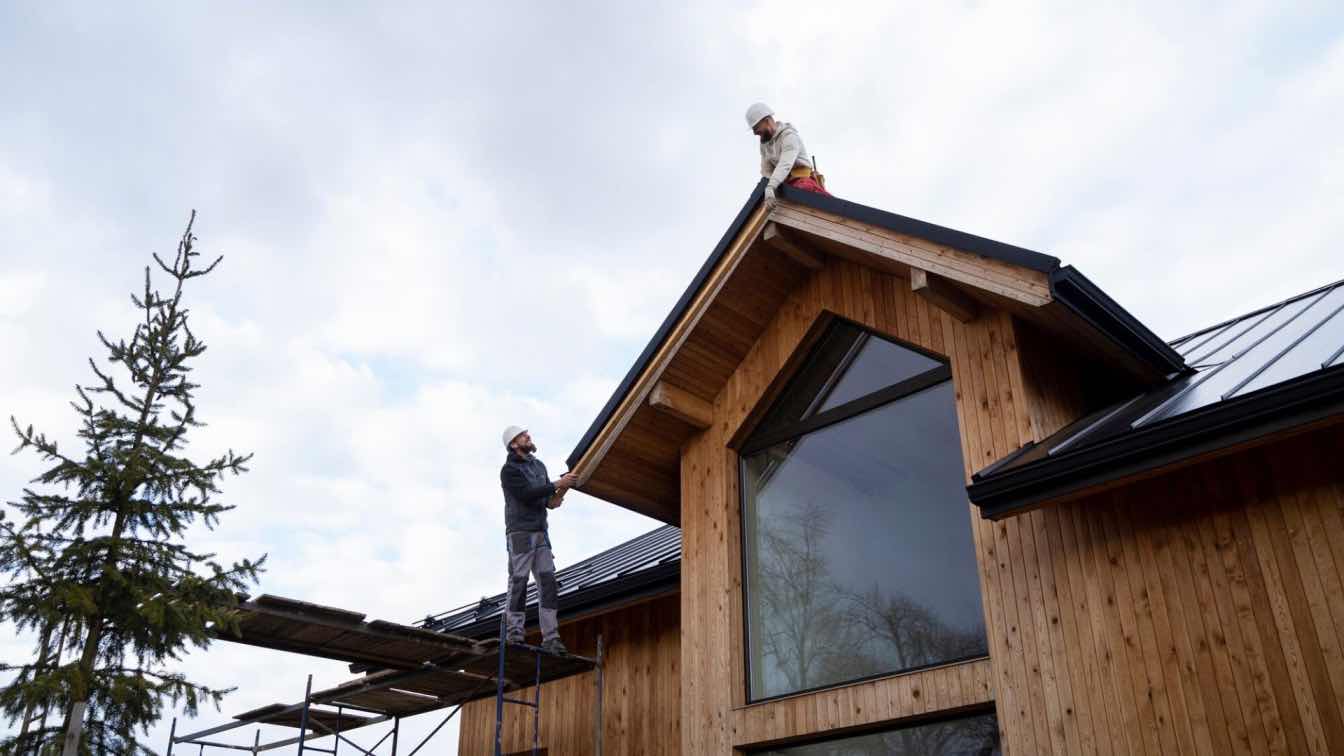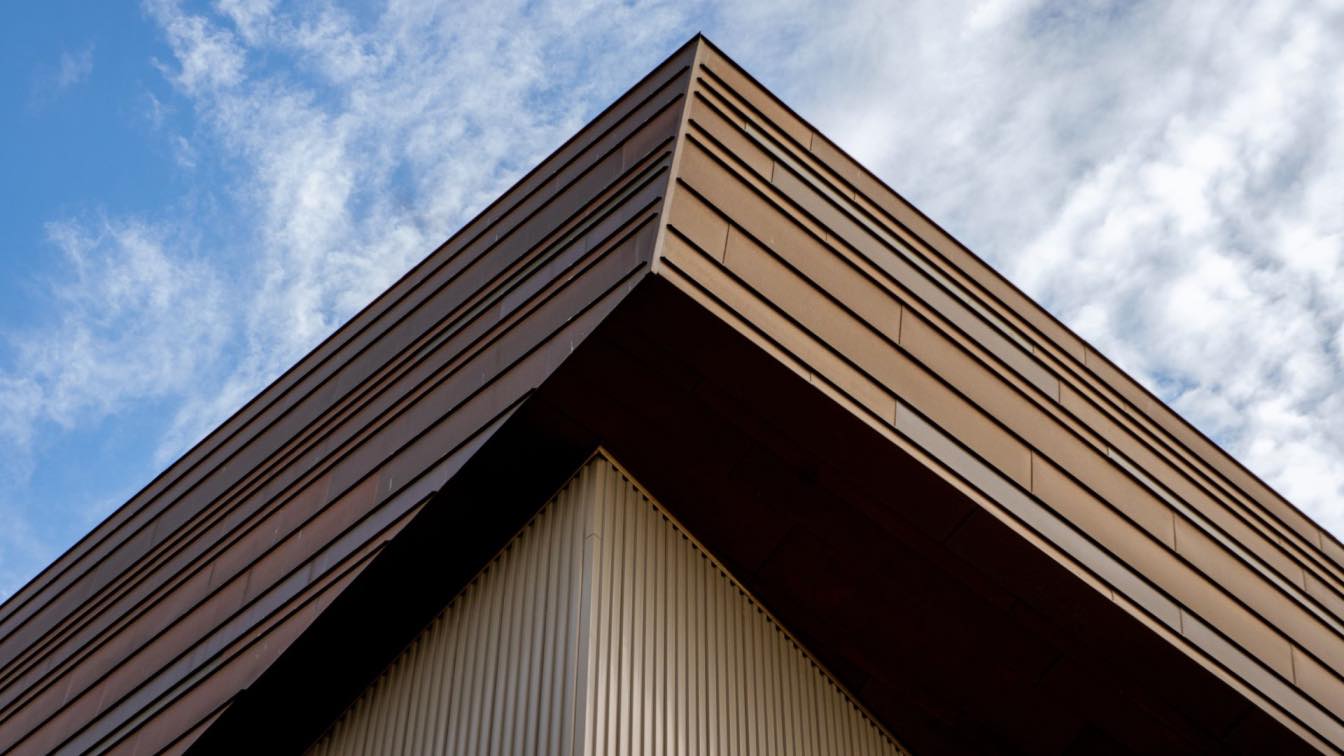Modifying the architectural features of a roof can play a significant role in deterring pigeons, who are often attracted to buildings as places to roost and nest. Understanding the elements that make a roof appealing to pigeons is the first step towards implementing changes that reduce their presence. For instance, certain roof styles provide shelter and security for pigeons, whereas others do not. Additionally, some materials used in roofing can deter birds due to their texture or temperature.
Considering the broader impact on property, one must balance the need for pigeon deterrents with maintaining the aesthetic and visual appeal of the building. Changes to a building's architecture, including its roof, can significantly alter its visual character, affecting the property's value. It's important to consider pigeon deterrent solutions that seamlessly integrate with the property's architectural style, thereby maintaining or even enhancing its overall appeal. OvoControl's guide on getting rid of pigeons offers insights into various methods and solutions that can be tailored to specific architectural features.
Key Takeaways
- Architectural adjustments to roofs can deter pigeons.
- It's crucial to maintain roof aesthetics while implementing deterrents.
- Pigeon control can enhance property value when well executed.
Evaluating Roof Features That Attract Pigeons
To mitigate pigeon problems, understanding what attracts them to roofs is essential. Key features include materials, design, and aesthetics that inadvertently provide a hospitable environment for these birds.
Material Selection and Its Impact
The choice of roofing material can greatly influence a roof's allure to pigeons. Materials such as asphalt shingles, tile, metal, wood, and slate each have different textures and thermal properties, which can be attractive or deterrent to pigeons. For example, pigeons often avoid metal surfaces as they do not retain heat well.
Roof Design and Layout Considerations
Roof design plays a significant role in attracting or deterring pigeons. Roofs with flat surfaces or gentle pitches are ideal for pigeons to roost and nest. Incorporating slopes and designs like gable or hip roofs can make landing and nesting difficult for birds. Designs incorporating dormers and eaves can also provide shelter for pigeons if not properly assessed.
Implementing Deterrence Techniques
Installing spikes or nets may be effective in making roofs less favorable. These deterrence techniques discourage pigeons from landing on your property. Protecting eaves and potential nesting sites with these methods can help maintain a building's structural and aesthetic appeal.
Colour and Texture Influences
Pigeons have excellent vision and can be deterred or attracted by a building's color and texture. Neutral colors may blend more with the environment, offering a form of camouflage and reducing visual appeal for pigeons. At the same time, certain textures may be less inviting for pigeons to land or walk on.
Additional Architectural Details
Architectural details such as cupolas, parapet walls, and others can become unintended perching spots for pigeons. Designing these features with pigeon deterrence in mind is crucial for reducing their presence. For instance, angling surfaces or adding movement to certain elements can keep pigeons at bay.
How to get rid of pigeons provides further insights into solutions and methods available to address pigeon-related issues.
Considering the Broader Impacts on Property
Altering your roof's architecture to deter pigeons can significantly enhance the property's structural integrity and energy efficiency, influencing its overall lifespan and value.
Structural Integrity and Longevity
Modifying the architectural design of your roof can improve durability and extend its lifespan. For example, steeply sloping roofs or slick surfaces leave no place for pigeons to perch or nest, thus reducing the need for regular maintenance. Ensuring a roof has fewer horizontal areas where birds can settle minimizes debris and prevents costly structural damage. Maintaining the roof's integrity is pivotal in preserving the property's resale value.
Energy Efficiency and Insulation
A pigeon-proof roof design often coincides with enhanced energy efficiency and insulation. For instance, installing solar panels not only deters birds but also contributes to reducing energy costs. Moreover, selecting high-quality insulating materials can help keep the structure warm in winter and cool in summer, ultimately fostering energy savings. It is important to budget for these upgrades as they are an investment that boosts the aesthetic appeal and augments the property's value while delivering energy savings.
Conclusion
Modifying a roof's architectural features can significantly deter pigeons from perching and nesting. Strategic designs, such as incorporating slope changes and selecting smooth materials, make surfaces less hospitable to birds. Integrating subtle deterrents like spikes or nets can discourage pigeons without detracting from the roof's aesthetic appeal. One can reduce pigeon-related damage and maintain the roof's functionality and visual harmony through these means.





